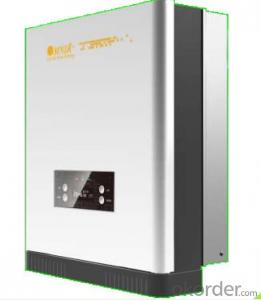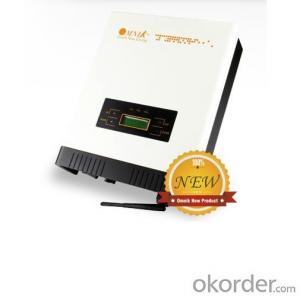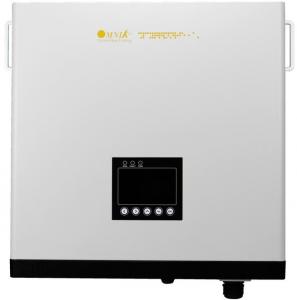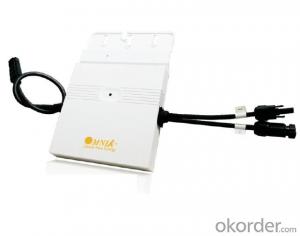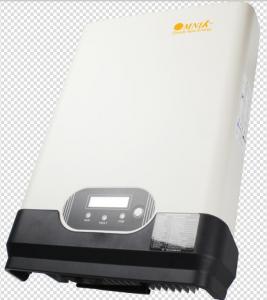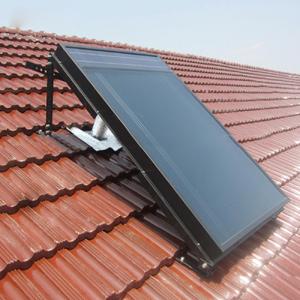Omnik Solar Inverter
Omnik Solar Inverter Related Searches
Omron Solar Inverter Inverter Solar Opti Solar Inverter Eltek Solar Inverter Omega Solar Inverter Outback Solar Inverter Solar Solar Inverter Orion Solar Inverter Smart Inverter Solar Tmeic Solar Inverter Siemens Solar Inverter Socomec Solar Inverter Midnite Solar Inverter Inverter Power Solar Power Solar Inverter Smart Solar Inverter Inverter Solar Cell Microtek Solar Inverter Power Inverter Solar Solar Smart Inverter Solaris Solar Inverter Solar Home Inverter Solar Ark Inverter Empower Solar Inverter Inverter Solar Battery Solar Battery Inverter Renovo Solar Inverter Samsung Solar Inverter Solar Energy Inverter Celik Solar InverterOmnik Solar Inverter Supplier & Manufacturer from China
Omnk Solar Inverter is a comprehensive range of products designed to optimize the performance of solar energy systems. These inverters are engineered to convert the direct current (DC) generated by solar panels into alternating current (AC) that can be used by homes and businesses. The advanced technology incorporated in Omnik Solar Inverters ensures maximum efficiency and reliability, making them a popular choice among solar energy enthusiasts.The application and usage scenarios of Omnik Solar Inverters are vast, as they cater to both residential and commercial solar power systems. These inverters can be utilized in off-grid, on-grid, and hybrid solar setups, providing flexibility and adaptability to various energy requirements. They are also compatible with a wide range of solar panel configurations, making them a versatile option for solar energy projects of all sizes. Omnik Solar Inverters play a crucial role in ensuring that solar energy systems operate at peak efficiency, thereby maximizing energy production and reducing reliance on traditional energy sources.
Okorder.com is a leading wholesale supplier of Omnik Solar Inverters, boasting a large inventory of these high-quality products. As a reputable online platform, Okorder.com offers competitive prices and reliable service, ensuring that customers can access the Omnik Solar Inverters they need for their solar energy projects. With a commitment to customer satisfaction, Okorder.com is the go-to source for those seeking to invest in Omnik Solar Inverters and enhance their solar power systems.
Hot Products


